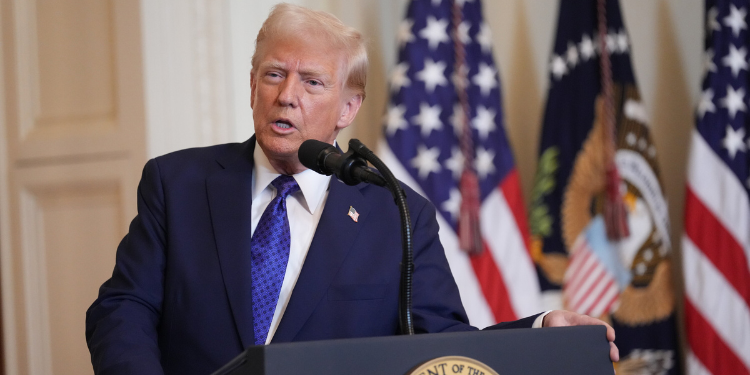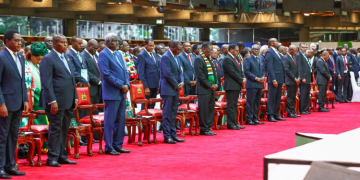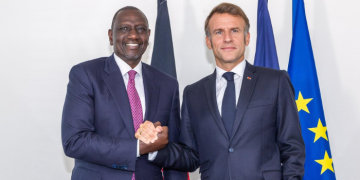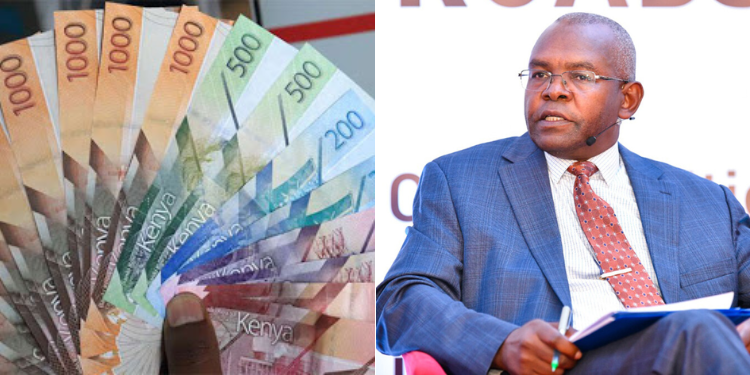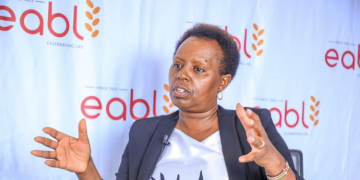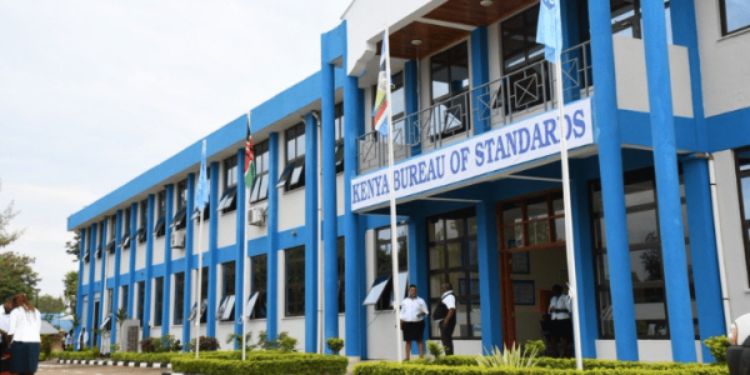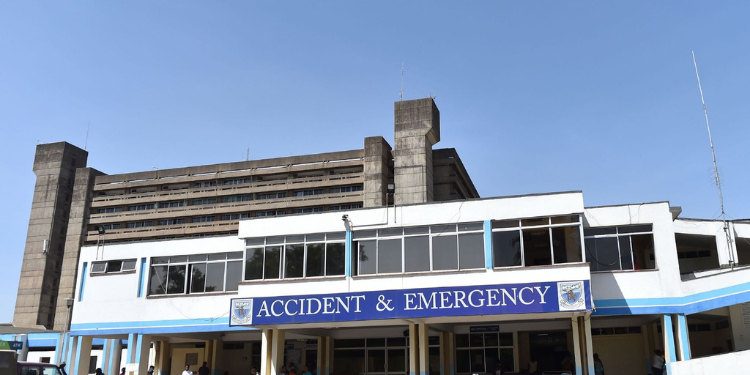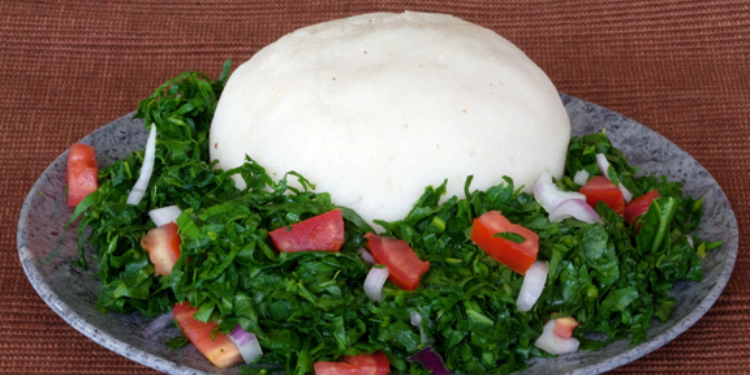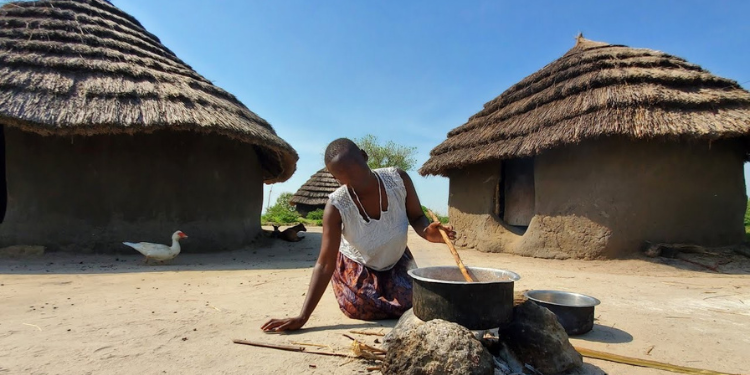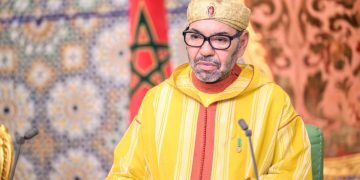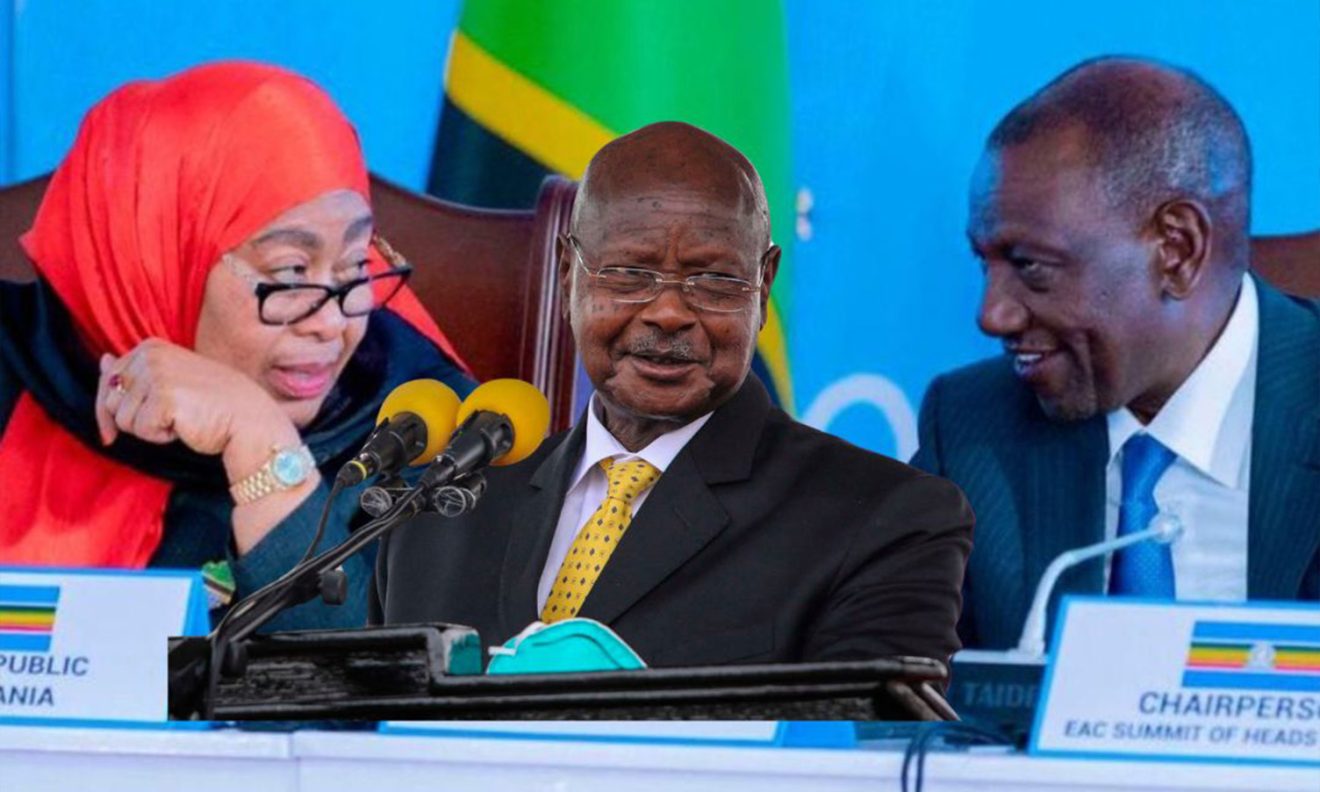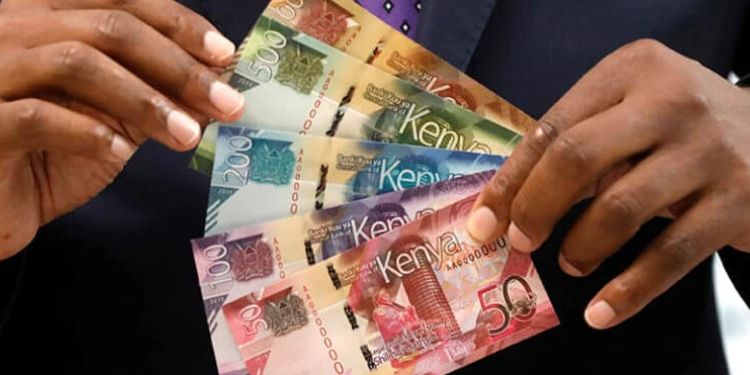The Kenyan Shilling has survived global market turbulence, rising oil prices, and billions in debt repayments for more than 11 months, staying at about Ksh129 to the US dollar according to the Central Bank of Kenya (CBK).
Speaking during the release of the latest Monetary Policy Committee (MPC) decision on Wednesday, August 13, CBK Governor Dr. Kamau Thugge explained what has kept it from falling, and why banks believe it could continue.
Governor Thugge explained that the stability has been anchored by strong and diversified foreign exchange inflows.
Also, he listed improved investor sentiment and prudent macroeconomic management.
According to the governor, the country’s overall foreign exchange reserves stood at about USD 11 billion as of August 11, equivalent to 4.8 months of import cover, which gives the bank a buffer to cushion against short-term shocks.
The Kenyan shilling has remained stable, supported by diversified foreign exchange inflows from diaspora remittances, offshore banks, coffee, and other export items. We expect this stability to continue into the near term.
Also Read: CBK Lowers Lending Rates for All Kenyan Banks Again
CBK on Diversified Inflows
The Governor attributed the stability of the shilling to steady earnings from exports such as horticulture, coffee, tea, vegetable oil, and clothing accessories.
He noted that the exports have helped push goods exports up by 7.7% in the 12 months to June 2025.
Additionally, services receipts, mainly from transport and tourism, rose 12.5% over the same period and while diaspora remittances jumped 12.1%. This provided a consistent stream of foreign currency.
Inflows from offshore banks and external support from development partners also contributed to the stability.
On the other hand, the MPC report noted that Kenya’s current account deficit narrowed to 1.6% of GDP from 1.8% in 2024.
It projects the deficit will remain stable at 1.5% in 2025, fully financed by financial account inflows, resulting in an overall balance of payments surplus and a USD 673 million increase in reserves.
Also Read: Kenyan Shilling Strengthens Against US Dollar Despite Ease of Trade War
Banks Maintain Confidence in the Stability of the Kenyan Shilling
According to the governor, findings from the July 2025 Market Perceptions Survey show that 77% of bank respondents and 71% of non-bank respondents expect the exchange rate to remain stable or strengthen in the near term.
Respondents cited improved forex inflows, external support, and stronger investor sentiment driven by low inflation and stable macroeconomic conditions.
“We took a market perception survey regarding the exchange rate and most respondents, 77 percent of the banks and 71 percent of non banks respondents to the July 2025 survey, expect the exchange rates to remain stable or strengthen,”
“Supported by improved foreign exchange inflows from diaspora remittances , external support and enhanced investor sentiment due to micro economic stability,” he explained
However, although the outlook is positive, the CBK acknowledged potential risks that could put pressure on the shilling.
These include a rise in imports, external debt service obligations, and volatility in global oil and commodity prices.
“Some respondents expect some pressure from increased exports, external debt service payment, and volatile oil and commodity prices,” added the governor.
The MPC still stressed that the combination of strong reserves, a healthy current account position, and diversified inflows provides a strong foundation for continued stability.
Since August 2024, the currency has traded within a narrow band around Ksh129 to the US dollar, easing inflationary pressures and giving businesses more confidence in pricing and planning.
The CBK noted it will continue to monitor both domestic and global developments closely and take appropriate measures to maintain currency stability, support economic growth, and keep inflation expectations firmly anchored.
Follow our WhatsApp Channel and X Account for real-time news updates.



